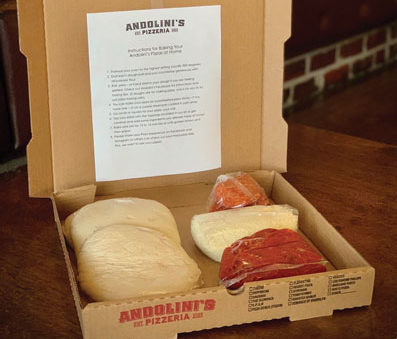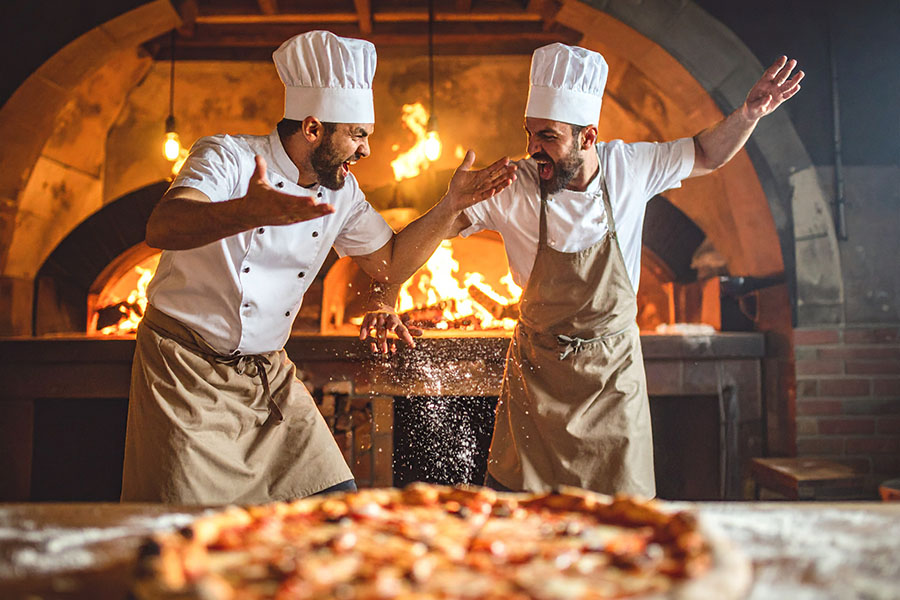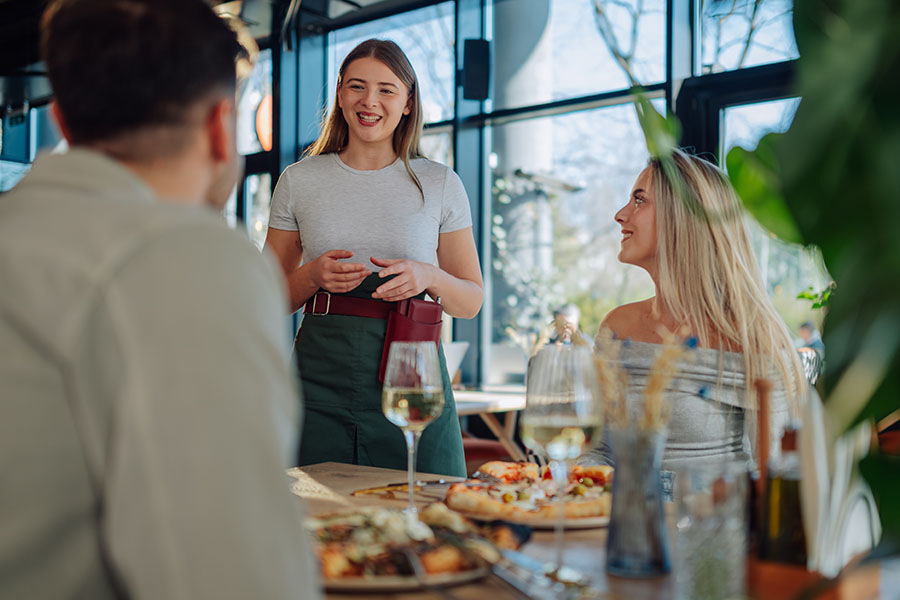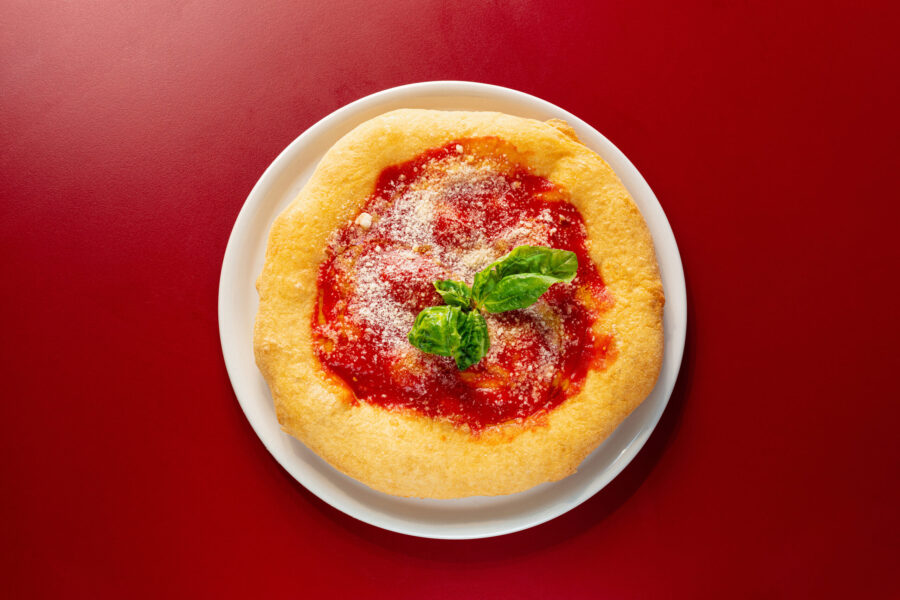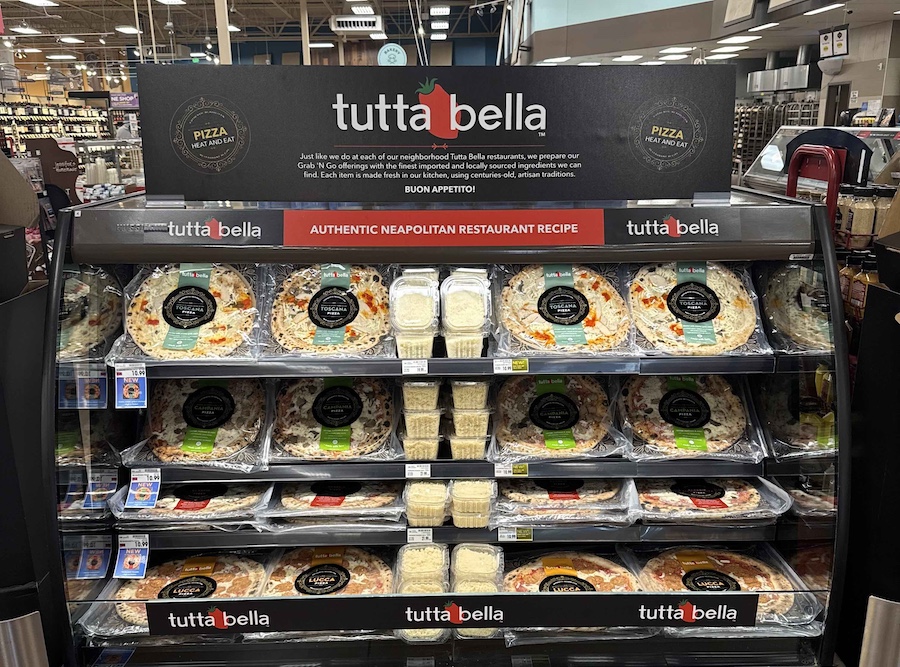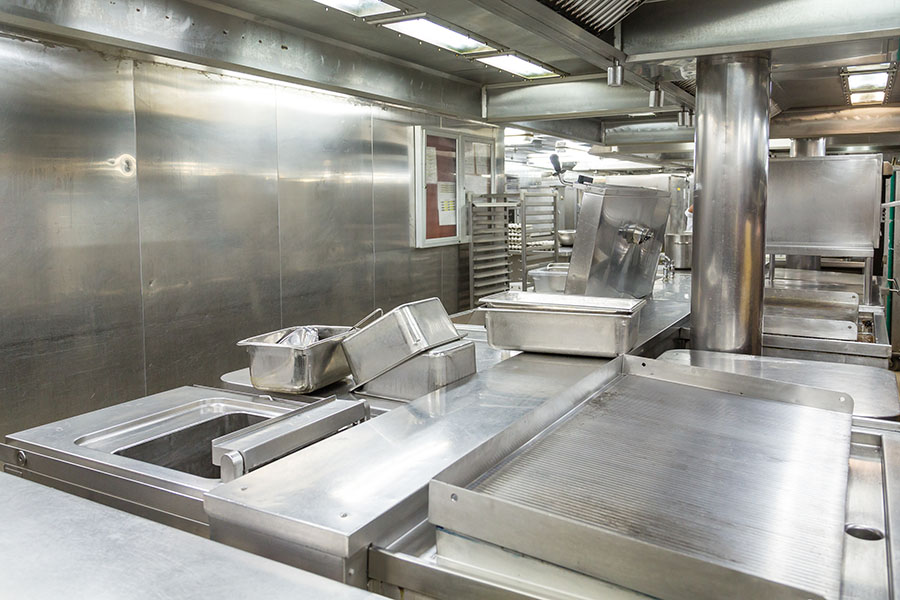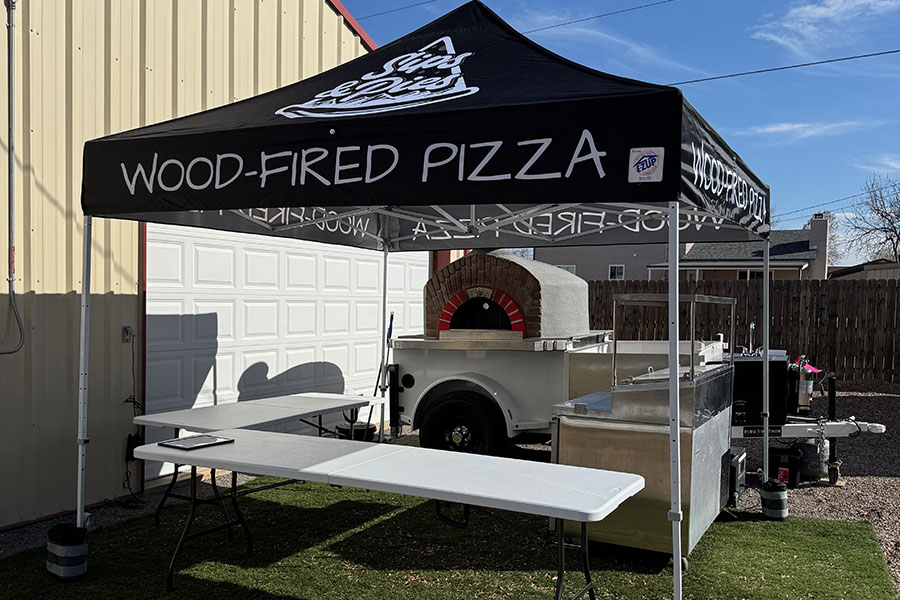
Scott Wiener
Founder, Scott’s Pizza Tours and SliceOutHunger.org
Of all the ideas to come out of the COVID-19 madness, my favorite by far has been the home pizza-making kit. With such severe restrictions on restaurant service, it’s become a powerful solution for staying connected to customers. Maybe you think it’s not worth your time to sell raw ingredients to customers who might otherwise purchase your finished pizza but the concept of selling pizza-making kits is more than just a means of feeding the stomach.
When your customer purchases a pizza-making kit they’re not just picking up dinner, they’re scheduling a family activity. I’ve heard operators say they won’t even entertain the idea in fear of losing control over their food, but pizza kits aren’t your food at all. When you sell a pizza kit, you’re selling an experience in which you can take credit for success but carry no blame for failure. Nobody posts photos of their pizza kit disaster with the caption “Luigi’s pizza really stinks,” they say, “I really botched Luigi’s pizza, but we had a great time doing it and we’ll go back there as soon as we can!”
 The pizzerias with the most successful kits don’t end their involvement when the kit leaves their shop. Tony Boloney’s in New Jersey offers an entire program based on their weekly pizza kit. Owner Mike Hauke develops a unique recipe every week using the same basic ingredients, delivers kits on the weekend, then hosts a free tutorial session on Instagram that Sunday. This helps his customers use their kits while marketing to anyone else who tunes in for his incredibly entertaining lessons. Mike regularly sees hundreds, if not thousands, of viewers on his live streams. His wife and kids get involved, which makes it even more fun for families. By changing the kit every week, Mike has converted a one-time sale into a weekly customer.
The pizzerias with the most successful kits don’t end their involvement when the kit leaves their shop. Tony Boloney’s in New Jersey offers an entire program based on their weekly pizza kit. Owner Mike Hauke develops a unique recipe every week using the same basic ingredients, delivers kits on the weekend, then hosts a free tutorial session on Instagram that Sunday. This helps his customers use their kits while marketing to anyone else who tunes in for his incredibly entertaining lessons. Mike regularly sees hundreds, if not thousands, of viewers on his live streams. His wife and kids get involved, which makes it even more fun for families. By changing the kit every week, Mike has converted a one-time sale into a weekly customer.
In the UK, Pizza Pilgrims found such incredible success with their Pizza in the Post program that they’re planning to continue it even after their shops reopen for regular service. According to co-founder James Elliot, they’ve sold 20,000 kits in the first six weeks of lockdown. That’s gold because it brings in revenue without taking up any space in the dining room. Everybody’s going to be looking for a solution like that as restaurants begin to reopen with restricted capacity. Beyond the direct financial benefit of selling pizza kits, Pilgrims also gets loads of free social media exposure from all the customers who post their pizza-making successes (and failures).
But not all the kits are perfect. When I bought my mom a pizza kit from her local shop for Mother’s Day, I was appalled when I saw the 20-ounce dough ball they sent her. Unless someone’s going to make a Sicilian pizza, that’s way too large for home use. Even worse, they just threw the dough into a pizza box with no protective packaging so it arrived dried out and misshapen. PLEASE DON’T DO THAT! The Pizza Pilgrims kit is beautifully designed to fit snugly into a pizza box and comes with instructions for baking the pizza in a frying pan. I love this because it (correctly) assumes that customers won’t have any pizza-making equipment at home. They’ve also scaled their portions down to compensate for domestic use and stored them in compostable containers.
The meal kit industry hit $5 billion in gross revenue last year and is trending even harder during the coronavirus lockdown. Pizza kits can be an effective way to ride that trend in order to promote your brand while delivering happiness to your customers.
SCOTT WIENER is the founder of Scott’s Pizza Tours in New York City and SliceOutHunger.org Instagram: @scottspizzatours
